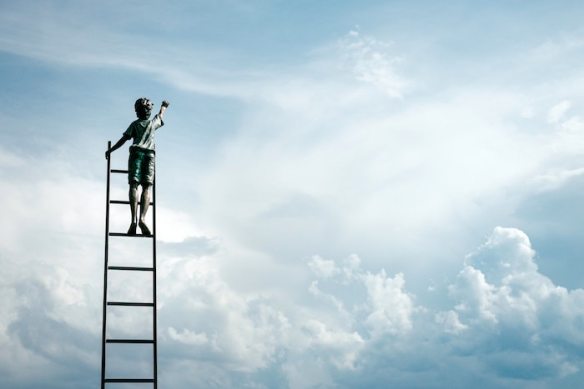Small world with high risks: a study of security threats in the npm ecosystem
Small world with high risks: a study of security threats in the npm ecosystem Zimmermann et al., USENIX Security Symposium 2019
This is a fascinating study of the npm ecosystem, looking at the graph of maintainers and packages and its evolution over time. It’s packed with some great data, and also helps us quantify something we’ve probably all had an intuition for— the high risks involved in depending on a open and fast-moving ecosystem. One the key takeaways for me is the concentration of reach in a comparatively small number of packages and maintainers, making these both very high value targets (event-stream, it turns out, wouldn’t even have made the top-1000 in a list of ranked targets!), but also high leverage points for defence. We have to couple this of course with an exceedingly long tail.
The npm ecosystem
As the primary source of third-party JavaScript packages for the client-side, server-side, and other platforms, npm is the centrerpiece of a large and important software ecosystem.
Npm is an open ecosystem hosting a collection of over 800,000 packages as of February 2019, and it continues to grow rapidly.

To share a package on npm, a maintainer creates Continue reading









